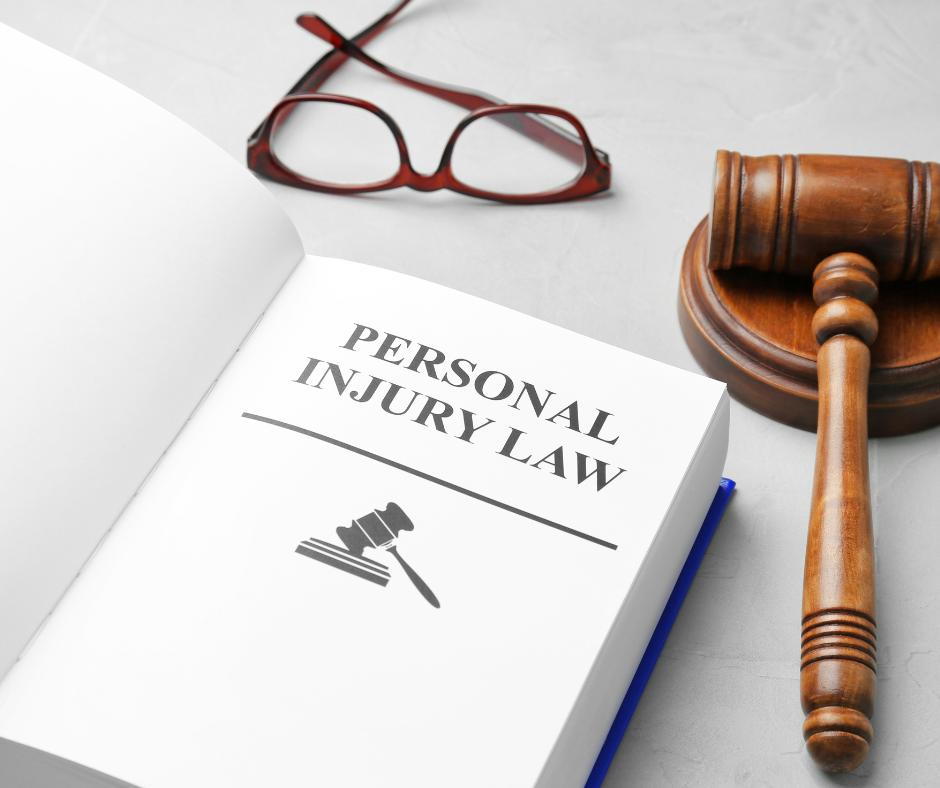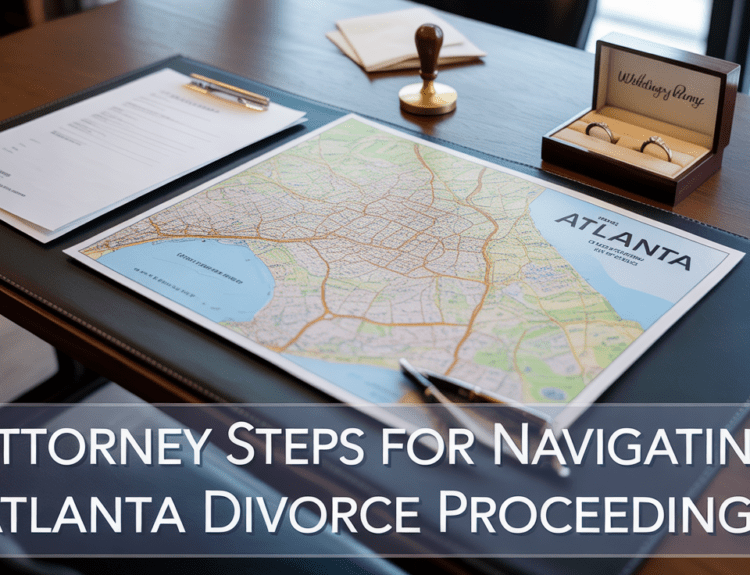The personal injury law sector is worth billions (around $57 billion in 2023) – the sector grew by 2.8% between 2018 and 2023. Unintentional injuries kill around 58,000 people every year, with motor vehicle accidents the most common cause of injuries. Estimates put the number of injury cases requiring hospital treatment at 126.3 cases per 1,000 people.
An experienced Chicago injury attorney, Adam Zayed, shares that personal injury law has undergone significant changes and evolutions over the past century. As societal norms and values have shifted, so too have the principles and practices within this area of civil law. By examining some key milestones and developments, we can better understand the progress made in personal injury law.
Contents
The Rise of Negligence and Strict Liability on Personal Injury Law
In the early 20th century, personal injury law was focused primarily on intentional wrongs and negligence. The concept of negligence established that people have a duty to behave reasonably and avoid foreseeable harm to others. This paved the way for accident victims to receive compensation if another party was careless or failed to uphold a reasonable standard of care.
As manufacturing and mass production took hold in the early 1900s, the legal theory of strict liability emerged. Under this concept, manufacturers can be liable for product defects regardless of fault or intent.
The Advent of Comparative Negligence in Personal Injury Cases
Historically, accident victims could have their compensation reduced or eliminated if they were also partially at fault through the legal theory of contributory negligence. Many saw this as unfair. In the 1960s and 1970s, the notion of comparative negligence gained prominence. Under this approach, victims can still recover damages, but compensation is reduced in proportion to their degree of fault. This enabled more equitable outcomes.
Expansions in Persona Injury Liability and Damages
New categories of defendants became subject to personal injury liability during the mid to late 1900s. Previous immunities for government agencies and charitable organizations were largely eliminated. The range of recoverable damages also expanded over time. Victims could now receive compensation for emotional distress, loss of enjoyment of life, and other intangible harms. Punitive damages emerged as a way to punish especially egregious behavior. These shifts significantly increased the scope of liability and damages within personal injury law.
Growth of Specialization in Personal Injury
As personal injury law became more complex, a field of specialization emerged. Many personal injury attorneys now focus their practices on plaintiff-side personal injury litigation. Personal injury attorneys specialize in motor vehicle accidents, medical malpractice, and wrongful death claims. These specialists help accident victims navigate the legal system and develop their cases. Large settlements and jury verdicts in high-profile cases became more common as litigation techniques evolved. The use of expert witnesses, visual aids, and structured negotiation has advanced.
Personal injury law has substantially changed from early notions of negligence to modern mass tort litigation over the past century. The expansions of liability and damages demonstrate an increasing focus on victim compensation and corporate accountability. Ongoing developments in legal sophistication, technology, and societal views will likely lead to further evolution in this dynamic field of civil law.




